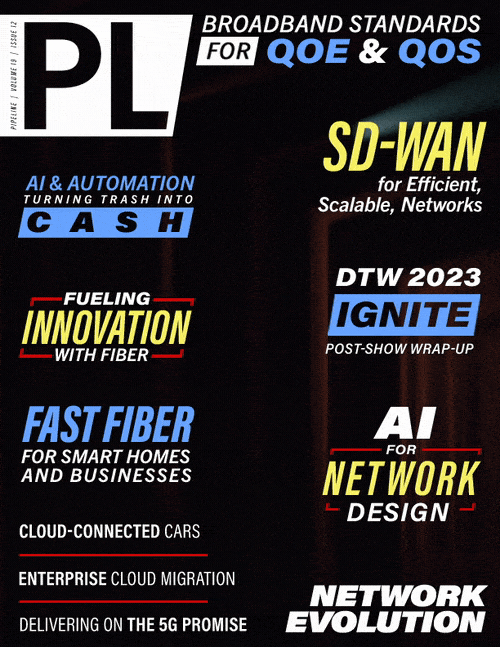Delivering on the Promise of 5G's Potential
TDD vs. FDD
TDD (Time Division Duplex) is a duplexing technique used in wireless communication systems to enable devices to both transmit and receive data on the same frequency channel, while the FDD (Frequency Division Duplex) uses different channels for uplink and downlink. Depending on the specific operating band of a repeater, the duplex mode is chosen. It’s a pure component selection task for FDD so long as you can find the right duplexer with sufficient power-handling capability. A real-time TDD synchronization algorithm is a must for TDD systems, however, so all the RF switches can be turned to TX/RX at the correct timing simultaneously. Given that most of the bands with high throughput are TDD in TD-SCDMA and 5G NR, a lot of R&D activities have been done to increase efficiency and robustness.
Home Booster vs. Network Repeater
Repeaters are classified in disparate output power levels to address needs in different markets. As a rule of thumb, anything with less or equal to 23 dBm falls into home boosters, recognized as consumer products, while those with levels above will be network repeaters, which are part of telecom infrastructure.
A Dream Spec for Operators
After several discussions with operators and coming to understand their challenges and pains, our engineers determined that the following attributes would be the best shot for 5G FR1 (especially 2.5-4.2 GHz) network repeaters:
Smart Antenna
A repeater consists of donor unit (DU) and service unit (SU). Utilizing beamforming technology on the DU side could not only help installers find the best beam direction (in the place where the base station is not visible), but it also increases the received/transmitted power level due to the narrow and focused beam pattern. If we apply it on the SU side, it will become a versatile design for multiple situations. For example, we need a narrow beam to cover a street and a wide beam for a parking lot or business square. Now the SU beam can be configured to narrow or side at real time, it reduces the number of SKUs for the operations department. Another benefit is to avoid interference with other carriers or applications (e.g., military, or avionic).
MIMO echo cancellation
Just like in every amplifying system, there is a possibility to generate positive feedback (or echo) if some conditions are met when the repeater is in operation. A good analogy is the audio echo phenomenon present at times during a conference call. To counter this possibility, an echo cancellation algorithm is introduced. The situation gets more sophisticated in a real-world environment, where we may get echoes at the far-end (DU-SU, SU-DU) or near-end (DU-DU, SU-SU). The far-end echo is common, while the near-end echo only happens with MIMO repeaters (rank >= 2).
Carrier Aggregation
Often, the national regulatory body brings uncertainty to the spectrum before it is fully settled. During the spectrum allotment process, adding a new band, or moving or refarming an existing band, are all possible and it may take several years to fully test and certify. This unique feature allows the repeater to support contiguous or non-contiguous spectrum and allows a carrier to overcome several dynamic situations and challenges. Moreover, the same repeater can even serve two or more carriers if these bands don’t overlap.
Cloud Management
For network repeaters, their main challenge is that operators must monitor them to ensure that none are malfunctioning, lest they start receiving customer complaints or even a warning from the
FCC in the U.S. (or any number of regulatory bodies designed to police and traffic these systems for the public). To achieve this goal, every repeater must be able to diagnose common issues and
automate its own settings, all while keeping a history of time-stamped telemetry recorded in the cloud. With the right systems and technology in place, operators can track alerts and behaviors
generated by each repeater and move those that need more attention into an internal troubleshooting process for repair.
On the Evolution of 5G
Despite the years of hype, and less-than-ideal roll out so far, 5G has immense potential to change so many aspects of our modern world. This can only happen if providers have adequate tools and technologies to address 5G’s inherent weaknesses while enhancing its greatest strengths. In addition, for 5G networks to fully live up to their potential and become truly revolutionary, they must be widely available, efficacious, and affordable. The place where this begins and ends is the 5G network and with it, its sustained growth and smartly guided evolution.



















